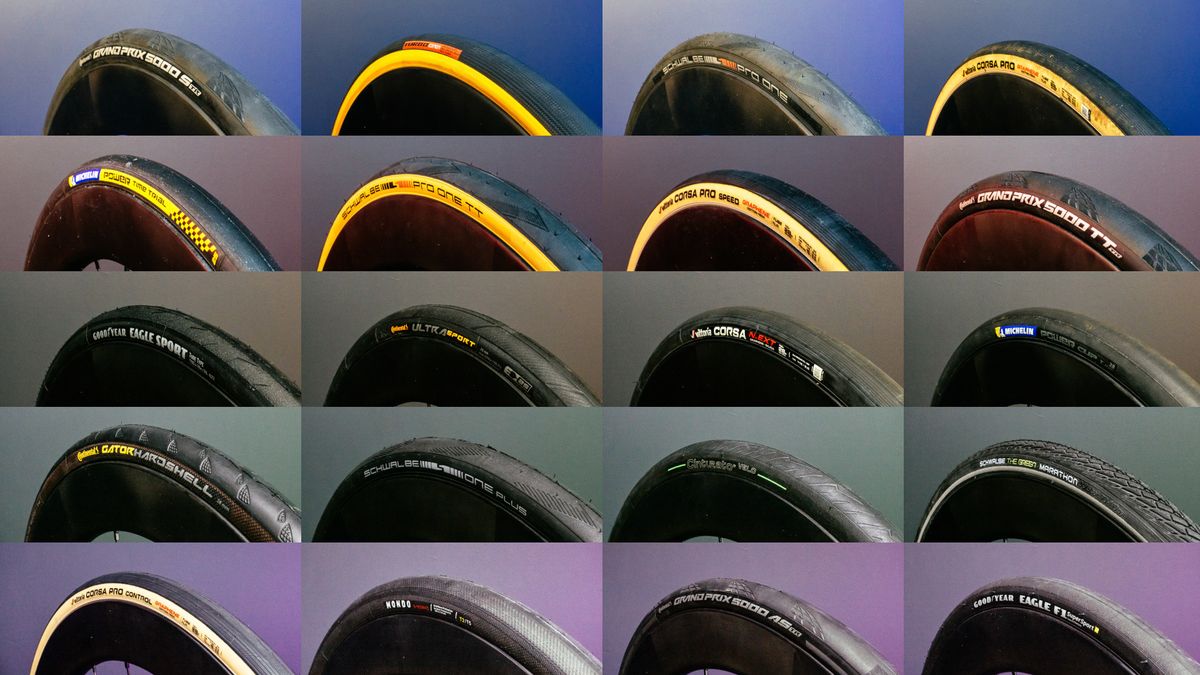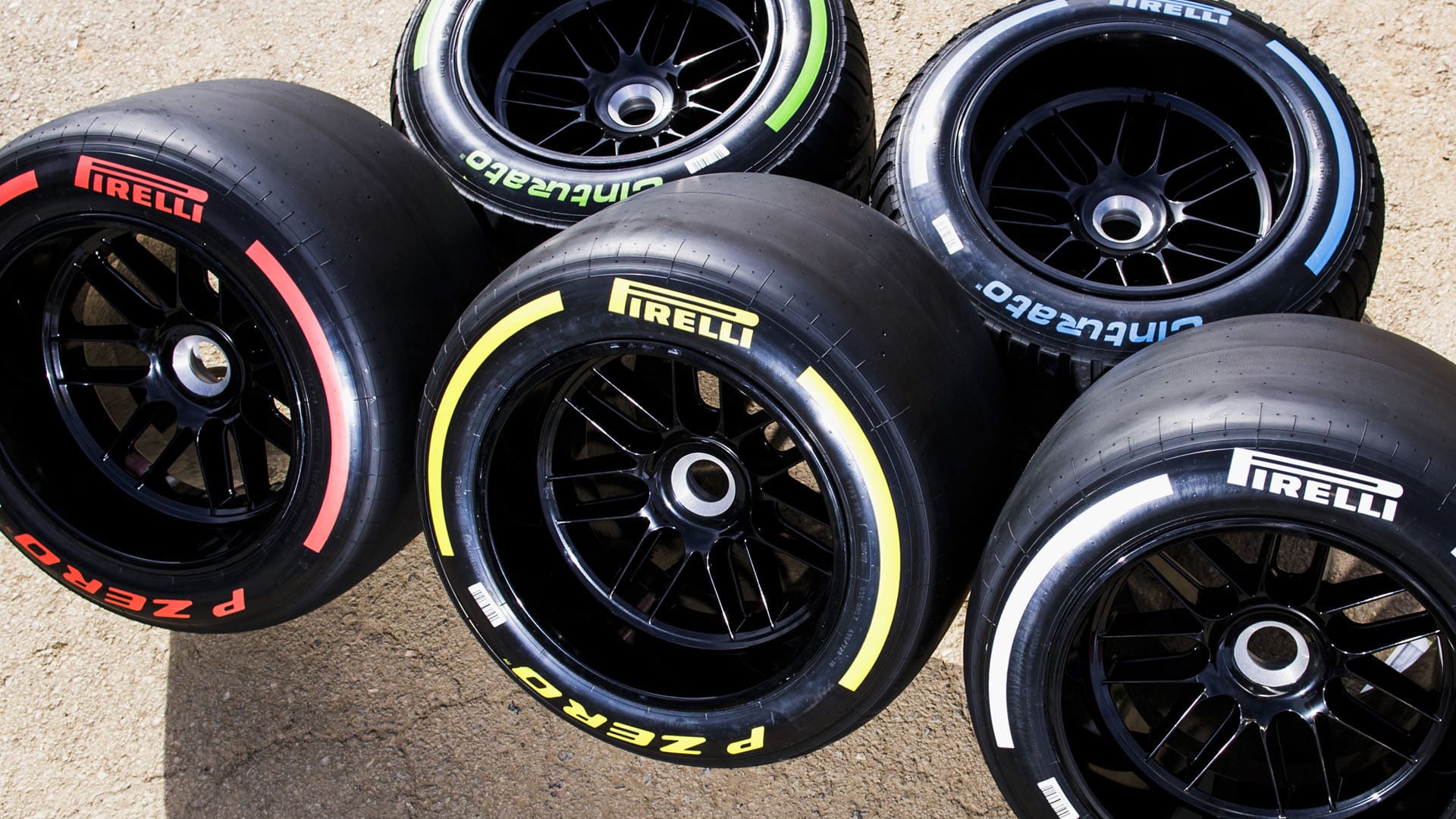All Categories
Featured
Table of Contents
I was able to get 100 hours out of among these tires, and while it had definitely no tire lugs left on it, the soft substance made it work really wellas long as I was making use of a soft mousse. Kitt Stringer picture Easy installing - 3Wear - 3Sidewall strength - 3Performance on roots - 4Performance on wet rocks - 2Traction on dirt - 5Cornering capacity - 4Traction while braking - 4Self-clearing of dirt and mud - 3Performance in mud - 3Overall predictability or tracking - 3 _ 37 Final thought: This is a good all-around tire with good worth for cash.

The wear was regular and I like the length of time it lasted and how constant the feeling was during usage. This would likewise be a good tire for faster races as the lug dimension and spacing bit in well on quick surface. Kitt Stringer picture Easy installing - 3Wear - 3Sidewall stamina - 3Performance on roots - 4Performance on wet rocks - 4Traction on dirt - 4Cornering capability - 4Traction while stopping - 5Self-clearing of dirt and mud - 4Performance in mud - 4Overall predictability or tracking - 4_42 Final thought: I liked this tire a lot.
If I had to get a tire for tough enduro, this would remain in my top choice. Easy placing - 3Wear - 3Sidewall stamina - 3Performance on roots - 4Performance on damp rocks - 3Traction on dust - 4Cornering ability - 3Traction while stopping - 3Self-clearing of dirt and mud - 4Performance in mud - 4Overall predictability or monitoring - 3 _ 34 Final thought: This tire was really soft and pliable.
All the gummy tires I tested carried out relatively close for the first 10 hours or so, with the champions mosting likely to the softer tires that had much better traction on rocks (Tyre warranty). Getting a gummy tire will definitely give you a strong benefit over a regular soft substance tire, yet you do spend for that advantage with quicker wear
Tyre Deals Near Me ( Swan)
Ideal value for the biker that wants decent efficiency while getting a reasonable amount of life. Ideal hook-up in the dirt. This is a suitable tire for spring and autumn conditions where the dirt is soft with some dampness still in it. These tried and tested race tires are wonderful around, however use promptly.
My general victor for a tough enduro tire. If I needed to spend cash on a tire for everyday training and riding, I would certainly pick this.
Affordable Wheel Alignment Near Me (Ballajura)
I've been running a collection of Michelin Power Pilot 2CT's on my track Daytona 675 for the previous year. Because time I have done 15 track days in all weathers from chilly wet to very warm and these tyres have actually never ever missed a beat. Cost-effective car tyres. I have actually done nearly 2,000 miles (3,200 km) on them and as you can see from this shot of the front taken after initial session of my 15th track day on them, they still have fairly a lot of rubber left on them
Simply put the 2CT is an amazing track day tyre. If you're the sort of biker that is most likely to experience both damp and completely dry conditions and is beginning on course days as I was in 2014, after that I believe you'll be tough pressed to find a better worth for cash and competent tire than the 2CT; a pair of which will set you back around 185 (US$ 300) in the UK.
Generating a much better all round road/track tyre than the 2CT have to have been a difficult job for Michelin. The outcome of that effort is the Michelin Pilot Power 3 which basically replaces the Pure. Do not confuse this new tire with the road going Pilot Roadway 3 which is not designed for track use (although some bikers do).
When the Pilot Power 3 introduced, Michelin suggested it as a 50:50% roadway: track tyre. All the biker reports that I've read for the tire rate it as a better tire than the 2CT in all areas yet especially in the wet.
Affordable Wheel Balancing (Ballajura WA)
Technically there are fairly a few distinctions in between both tires although both make use of a double substance. Aesthetically you can see that the 2CT has less grooves reduced into the tire however that the grooves run to the side of the tyre. The Pilot Power 3 has even more grooves for much better water dispersal yet these grooves don't get to the shoulder of the tire.
One facet of the Pilot Power 3 which is various to the 2CT is the brand-new 2CT+ technology which extends the harder middle section under the softer shoulders (on the back tire). This must give more stability and lower any type of "squirm" when speeding up out of corners in spite of the lighter weight and even more flexible nature of this new tyre.

Although I was slightly suspicious regarding these lower stress, it transformed out that they were great and the tyres executed truly well on track, and the rubber looked much better for it at the end of the day. Equally as a point of reference, various other (fast team) cyclists running Metzeler Racetecs were using tire pressures around 22-24 psi for the rear and 24-27 psi on the front.
Developing a much better all round road/track tire than the 2CT have to have been a hard task for Michelin. The result of that initiative is the Michelin Pilot Power 3 which essentially replaces the Pure. Don't perplex this new tyre with the roadway going Pilot Roadway 3 which is not developed for track usage (although some motorcyclists do).
Reliable Vehicle Alignment – Ballajura 6066 WA
When the Pilot Power 3 introduced, Michelin recommended it as a 50:50% road: track tire. All the rider reports that I have actually reviewed for the tire price it as a better tire than the 2CT in all areas but specifically in the wet.
Technically there are several differences between the two tyres although both use a double compound. Visually you can see that the 2CT has fewer grooves cut into the tyre yet that the grooves run to the edge of the tyre. The Pilot Power 3 has more grooves for far better water dispersal however these grooves don't reach the shoulder of the tire.
One facet of the Pilot Power 3 which is different to the 2CT is the brand-new 2CT+ modern technology which expands the harder middle area under the softer shoulders (on the rear tyre). This should provide more stability and lower any type of "wriggle" when accelerating out of corners in spite of the lighter weight and even more flexible nature of this brand-new tyre.
I was slightly dubious concerning these lower stress, it turned out that they were great and the tires executed truly well on track, and the rubber looked better for it at the end of the day - Tyre upgrades. Equally as a factor of reference, various other (quick team) bikers running Metzeler Racetecs were utilizing tyre pressures around 22-24 psi for the rear and 24-27 psi on the front
Table of Contents
Latest Posts
Reliable Tyre Care
Honest Tyre Installation
Affordable Tyre Upgrades Near Me
More
Latest Posts
Reliable Tyre Care
Honest Tyre Installation
Affordable Tyre Upgrades Near Me